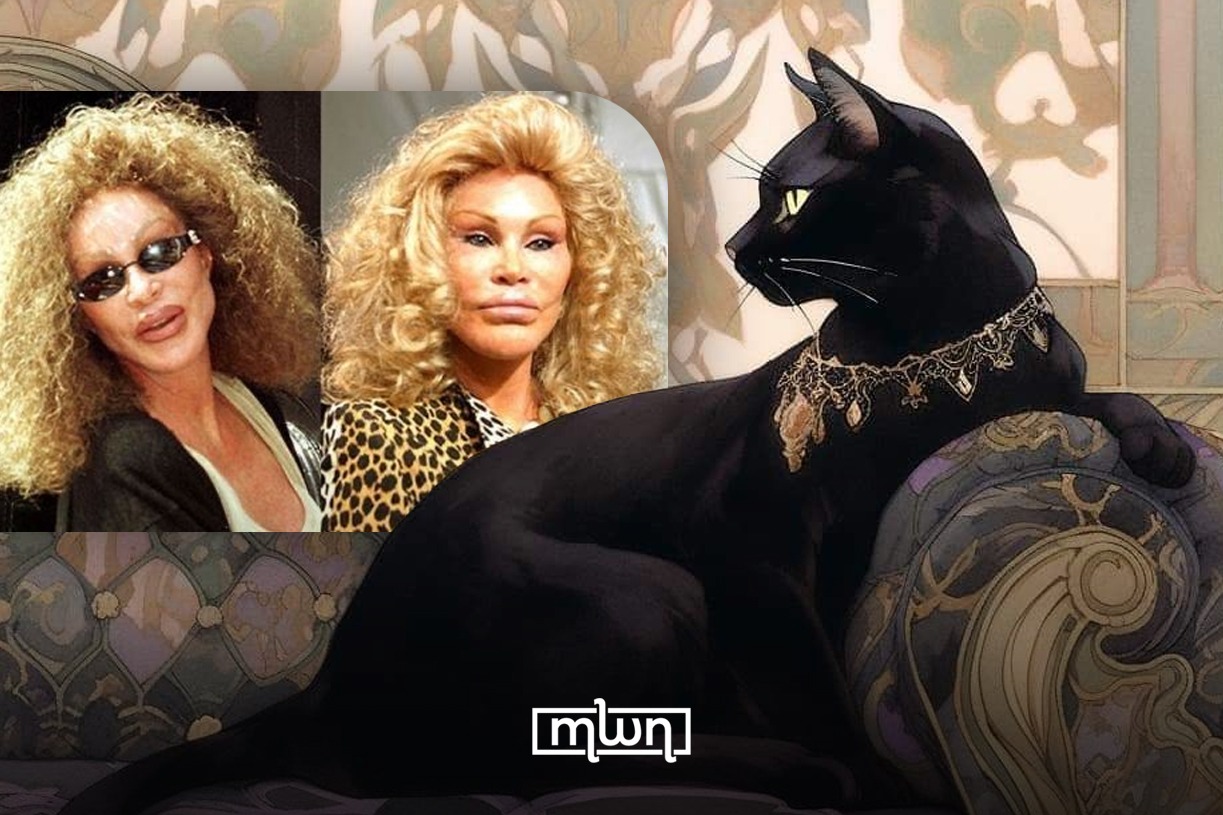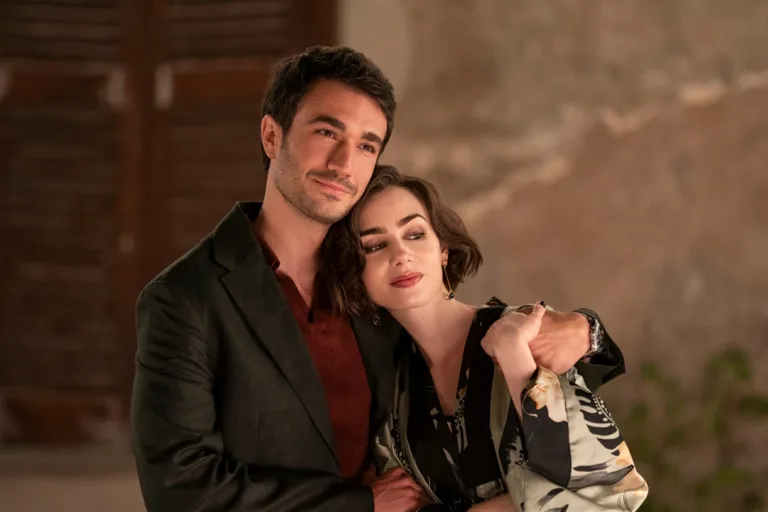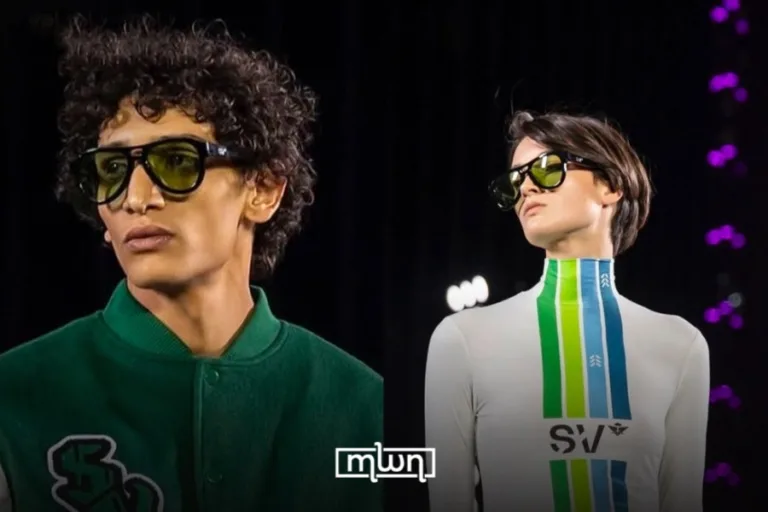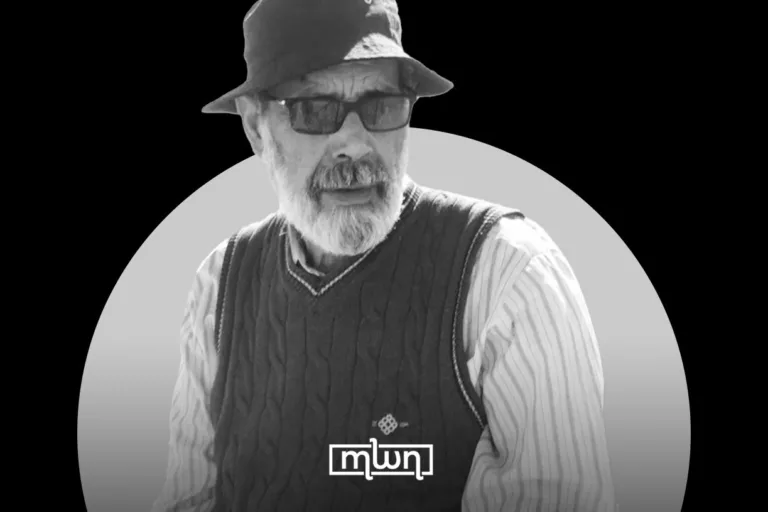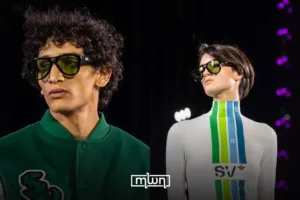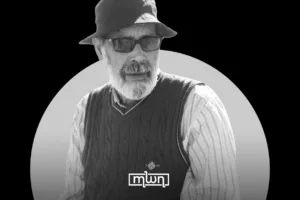Was she just the tabloid sensation known for her feline-inspired face, or was there something deeper beneath the surgeries and the memes?
Marrakech – It’s the end of an era. Jocelyn Wildenstein, the socialite the world knew as the “Cat Woman,” has passed away at 84, according to Paris Match outlet.
She died in a Parisian palace, a setting as lavish as the life she lived. The probable cause? A pulmonary embolism.
Born in Switzerland, Jocelyn lived a life that most of us only see on screen.
She was married to billionaire Alec Wildenstein, who bankrolled her taste for luxury.
When their marriage fell apart — rumored to be due to Alec’s penchant for younger women — Jocelyn walked away with a jaw-dropping $2.5 billion divorce settlement (Yes, billion with a “b”) and an additional $100 million per year for 13 years. And then came the transformation. Jocelyn didn’t just dabble in plastic surgery — she redefined it.
Cheekbones, lips, eyes, you name it. Her goal? To embody feline beauty, a nod to her love of big cats.
But what she got instead was a spotlight she couldn’t escape. Her face became a cultural Rorschach test: was it art, self-expression, or self-destruction?
The media, of course, had a field day. Her surgeries were scrutinized, her life meme-ified.
Still, Jocelyn kept moving. She globe-trotted from New York to Paris, often in the company of her partner, Lloyd Klein.
On Instagram, where over a million people followed her, she referred to herself as an “art dealer.”
Jocelyn’s story forces us to confront the messy, often uncomfortable questions about beauty standards and the limits of self-reinvention.
When does self-expression tip into obsession? And who gets to decide what’s too much?
Love her or ridicule her, Jocelyn Wildenstein left a mark. She lived unapologetically, fiercely — even when the world didn’t always understand her. And isn’t that what we all want, in some small way?
Here’s to Jocelyn — the Cat Woman, the enigma, the cultural phenomenon. Rest in peace.

